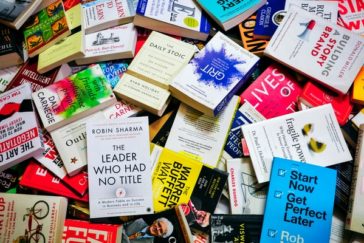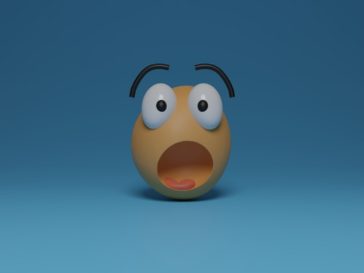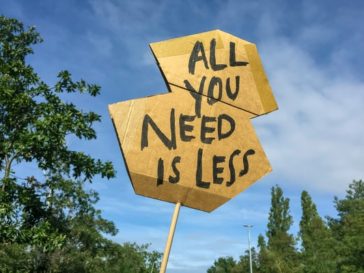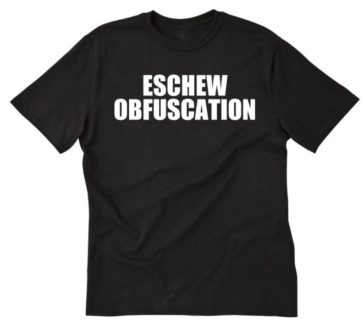Who? What? And Especially Why? All About That Thing You’re Doing When People Constantly Interrupt You
“Hey! I’m working here!” How many times have you yelled that at someone, or wanted to, when they were making noise or had the gall to talk to you while you were writing? But to be fair, how were they supposed to know you were deep in a complex passage of the next great American novel and not browsing social media? (Or were you? Never mind.) The more important questions are: What are you writing? Who are you writing it … Read More »






